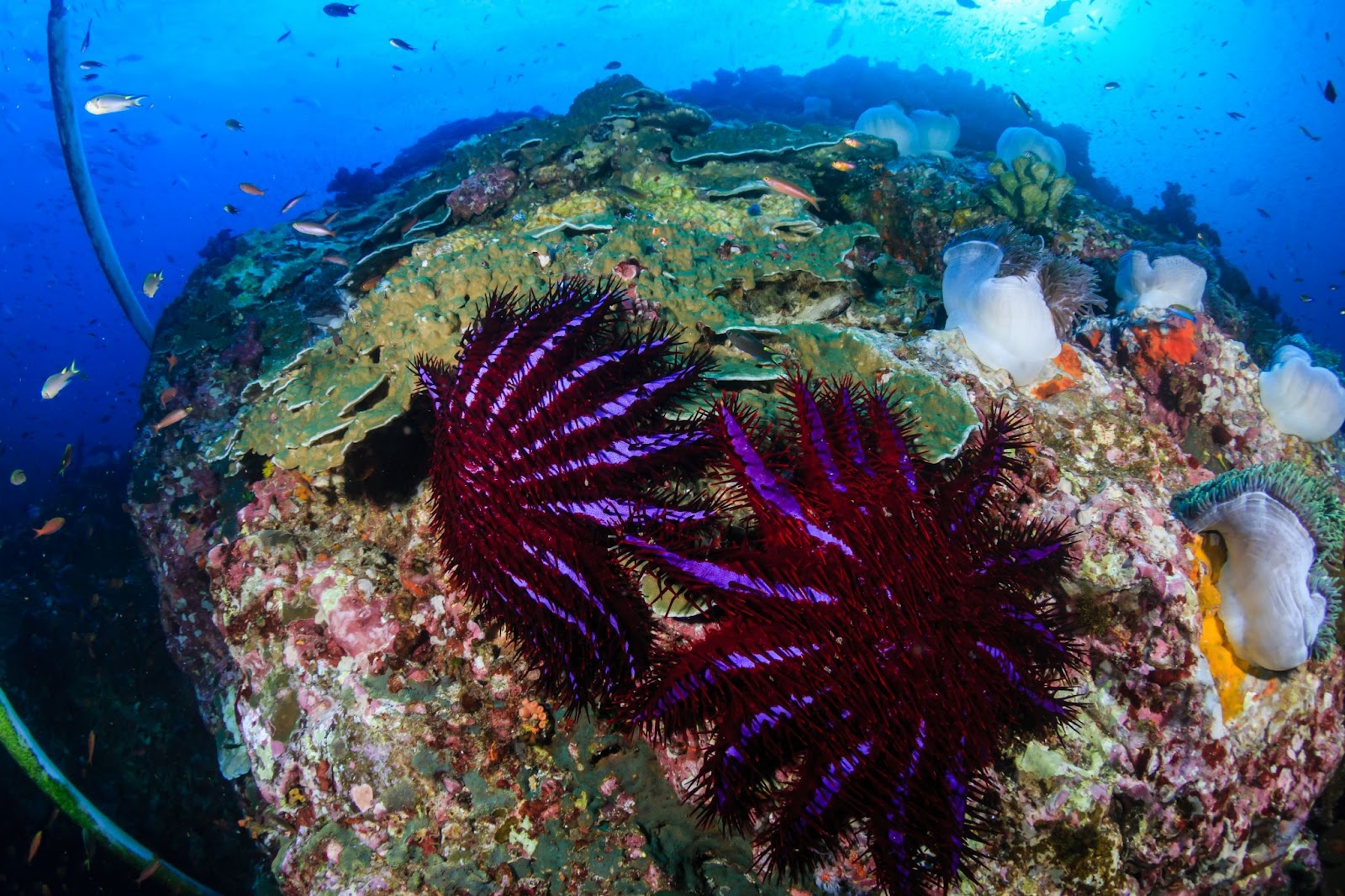What is life in biology?
Life is distinguished from non-living entities by its association with living organisms. Living things possess an organized structure that facilitates specific functions. They are composed of either a single cell or multiple cells, where the cell serves as the fundamental and functional unit of life.
Also Check: Fertilization in BIology
Characteristics of Life
Several characteristics define living organisms:
- Homeostasis: Living beings can regulate their internal environment to maintain stability or gain an advantage.
- Metabolism: They have the ability to use anabolic processes to convert chemical energy into cellular components and engage in catabolic processes to break down organic matter.
- Growth: Living organisms exhibit an increase in size or population.
- Responsiveness: They can respond to stimuli or changes in their surroundings through metabolic pathways.
- Reproduction: The ability to reproduce and generate offspring is a fundamental feature of life.
- Adaptation: Living organisms can evolve and change over time to better suit their environment.
Also Check: Fungi in Biology
Figure- Life under water

Frequently Asked Questions
The best definition of life is that it is a quality that distinguishes matter that has biological processes, such as signaling and self-sustaining processes, from matter that does not. Life is characterized by organization, metabolism, growth, adaptation, response to stimuli, and reproduction.
Life is the central focus of biology, as it is the study of living organisms and the processes that sustain them. Understanding the characteristics, functions, and diversity of life is crucial for advancing our knowledge of the natural world and developing new technologies and medical treatments.
Biologically, life is defined as a state of being that exhibits certain core characteristics, including cellular organization, metabolism, homeostasis, growth, adaptation, response to stimuli, and reproduction. These properties collectively distinguish living organisms from non-living matter.
The purpose of life is a philosophical and scientific question without a single, agreed-upon answer. From a biological perspective, the purpose of life is to survive, adapt, and reproduce in order to perpetuate the species. The ultimate purpose is a matter of ongoing debate and individual interpretation.
Biologists study life through various scientific methods, including observation, experimentation, and analysis. They investigate the structures, functions, growth, evolution, and interactions of living organisms at the cellular, organismal, and ecological levels. This helps expand our understanding of the diversity and complexity of life on Earth.